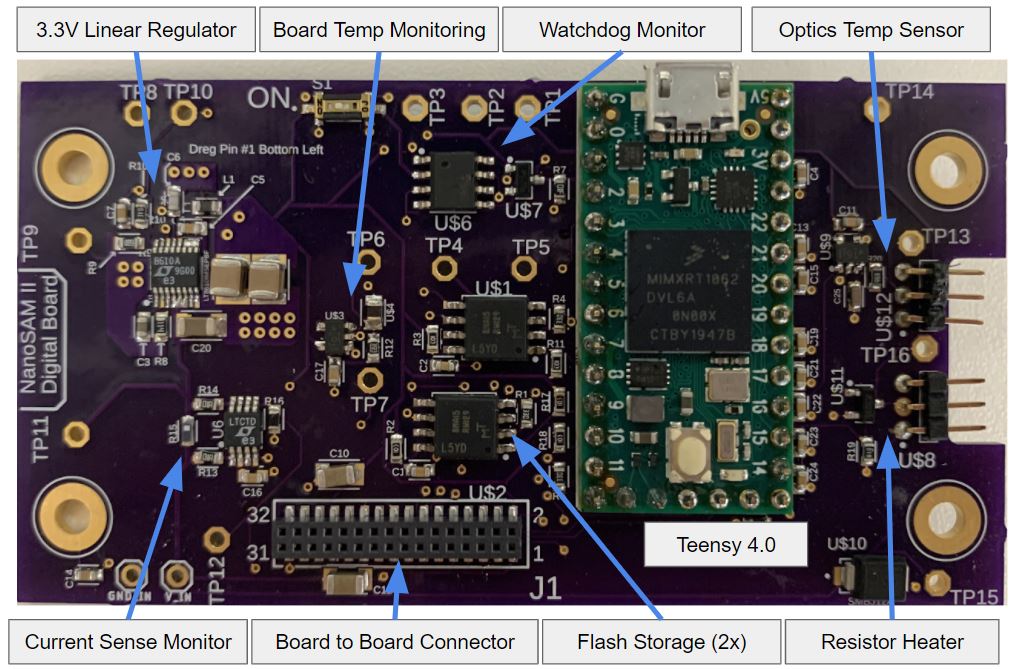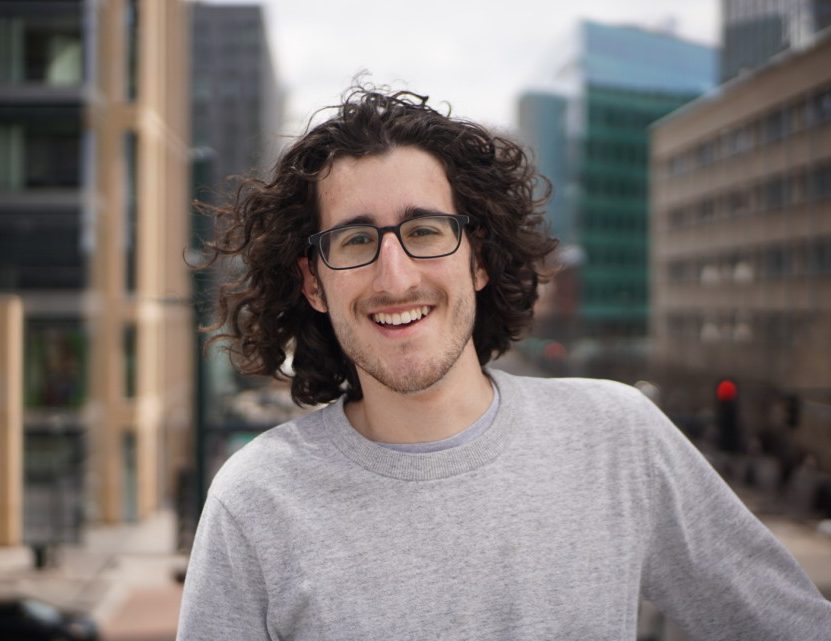This page displays some of the technical reports I’ve written and projects I’ve worked on while I was at the University of Colorado Boulder. For each piece of work, I’ve laid out a brief description, along with download links to the related files. All my technical reports are done in LaTex using Overleaf 2.0. Technical writing is one of my favorite skills I’ve developed at the university, and I’ve developed a love for explaining complicated work and techniques in simple and understandable language. If you are interested in viewing any of the source code for these projects, please email me at jashanxchopra@gmail.com, or checkout my GitHub profile.
Nano-Stratospheric Aerosol Measurement II
NanoSAM II was my senior project for my undergraduate at the University of Colorado Boulder. The goal of NanoSAM II mission was to produce a compact method of profiling aerosol concentrations in the stratosphere. Aerosol concentration affects visibility in the atmosphere, an important aspect to consider for crewed aircraft. Additionally, atmospheric aerosol concentration affects the radiative balance of the Earth by changing how sunlight reflects off of clouds in the atmosphere, which has implications on Earth’s climate and environmental change. Therefore, NanoSAM II aims to fill the need of increasing the availability of these measurements by providing a low-cost, low-mass instrument that can be deployed into Low-Earth Orbit (LEO) as a constellation.
Our team had 12 members, and I was the lead electrical engineer. I designed two printed circuit boards to perform the science collection and data handling aboard the payload. The top board housed analog components to perform signal processing and digital conversion on the voltage produced by a photodiode in a transimpedance amplifier configuration. The bottom board housed digital components to provide board voltage, temperature monitoring, data storage, software processing via a Teensy 4.0 microcontroller, and heating via a controlled resistor.


Our electronics team won an award for the best electrical engineering out of the 12 senior projects in our class sections. The electronics worked well in our validation and verification process. Most importantly, I learned a ton about electrical design and manufacturing, systems engineering on a large team, and engineer-customer relationships. If you’d like to view all of our work, it’s available at the website below. The final electronics summary I produced is also attached.
University of Colorado NanoSAM II Website
NanoSAM II Electronics Master Summary
Missiles of the Future
The goal of this work was to write a white paper on a subject of choice, in this case: the proliferation of hypersonic missiles. I sought to review both sides of the argument on proliferation of this deadly technology, and give my perspective on the issue from the role of an aerospace engineer. The assignment also focused on document design to engage the viewer and explain difficult topics in an easy to understand manner.
Analytic Cubism
The goal of this project was to teach one of my humanities classes on the subject of Analytic Cubism. My teammate and I developed the presentation along with a series of discussion questions so that we could teach the rest of the class, and help them digest our coursework on the subject. It was quite fun, and I gained a strong appreciation for the role of cubism in the history of modern art.
Saturation Equilibrium of Craters
This project’s aim was to simulate space impacts on a typical terrestrial surface. I developed a Matlab code to perform this simulation, and then wrote the following report on the code. This report served as the final project submission for my ASTR3750 class: Planets, Moons, & Rings at the University of Colorado Boulder.
Saturation_Equilibrium_of_Craters
The Lightning II’s Media Thunderstorm
This was the final paper for ASEN3046 – Intro to Humans in Aviation. The aim was to write about the Lockheed Martin F35, one of the most controversial fighter jet programs in history. The paper focuses largely on the negative aspects of the program, discussing the role of politics and policy in the space of engineering.
Composite Beam Bending – ASEN 2001
This was a lab assignment for ASEN2001 – Statics & Mechanics. The aim of this lab was to understand beam failure in shear and moment, and what differentiates these two modes of failure. This lab flexed real-life testing and data gathering using a low speed wind tunnel with MATLAB coding development and full technical report writing. The final lab recieved a 98/100. The full attached PDF is below.
ASEN 2004 – Water Bottle Rocket
This project was a lab assignment for ASEN 2004 – Vehicle Design. The main goal was to analyze the trajectory of the water bottle rocket lab and predict its final location. This was done with rigorous analysis from three separate models using MATLAB 2019. The methods included integration through ode45, cubic interpolated fit models of static test stand thrust data, and heavy 3D plotting work. Sensitivity analysis was done to optimize changes to the fabrication of the rocket, and wind tunnel tests were utilized to estimate the coefficient of drag, necessary in the model equations. A Monte Carlo simulation was employed to accurately convey the associated error and make the most accurate prediction possible for launch day. The link to a Github Repository for all of the code materials is linked below, along with a download link to the final powerpoint presentation.
Github BottleRocketSimulation